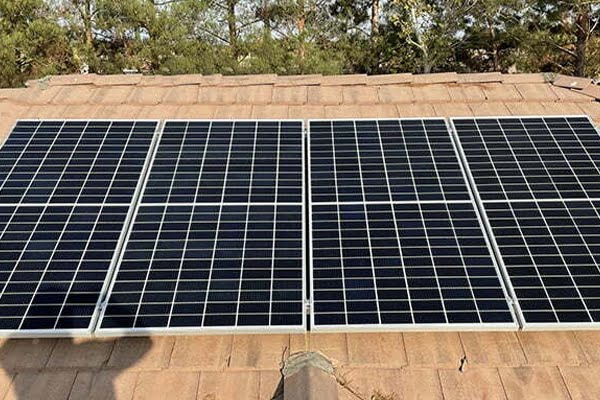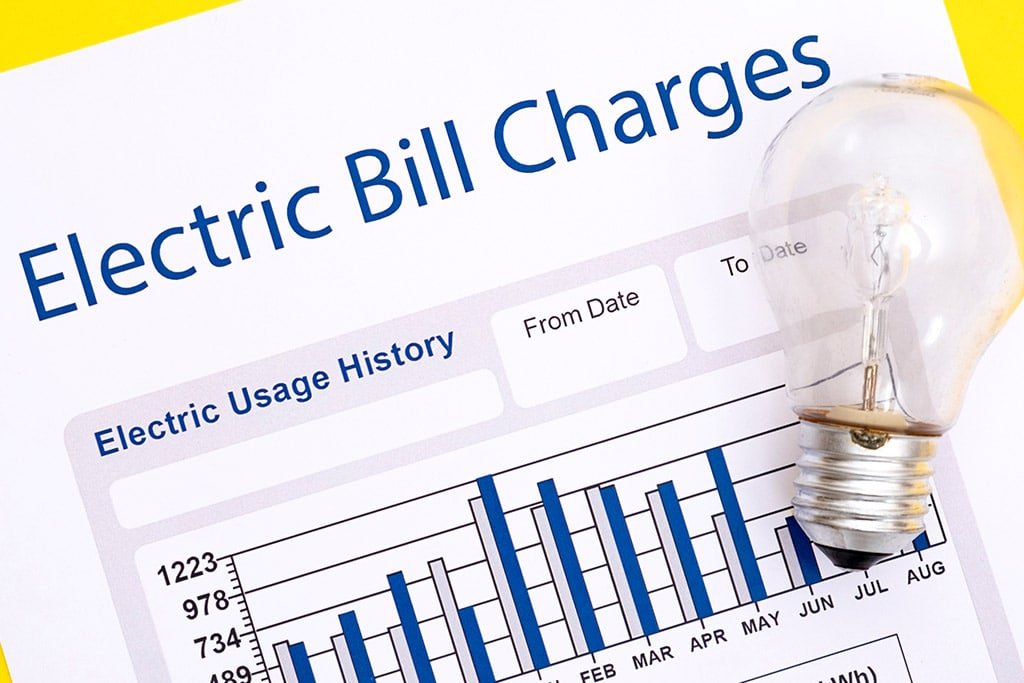Unboxing the Tesla Powerwall Gateway 2
Tesla Powerwall is a sleek, advanced home battery system that has revitalized the solar energy industry. With Powerwall, you can store solar energy and use it to power electrical loads at night or during an outage. There are two primary components of the Powerwall: the system itself and the Gateway. For Powerwall to function correctly and safely, the Gateway is a necessity.
What is Tesla Powerwall Gateway?
Tesla Powerwall Gateway is an electrical panel that connects and communicates between the Powerwall systems, solar panels, and grid. The Gateway acts as the brains behind the battery control system. It performs regular, instant system checks to determine how best to route and utilize your energy. All of your energy consumption and production metering is performed through the Gateway system. The Gateway regularly communicates with your Tesla app to record and store your energy data, which is why you need a reliable Internet connection for installation. Without a stable Internet, your Gateway will not be able to transfer data to the app.
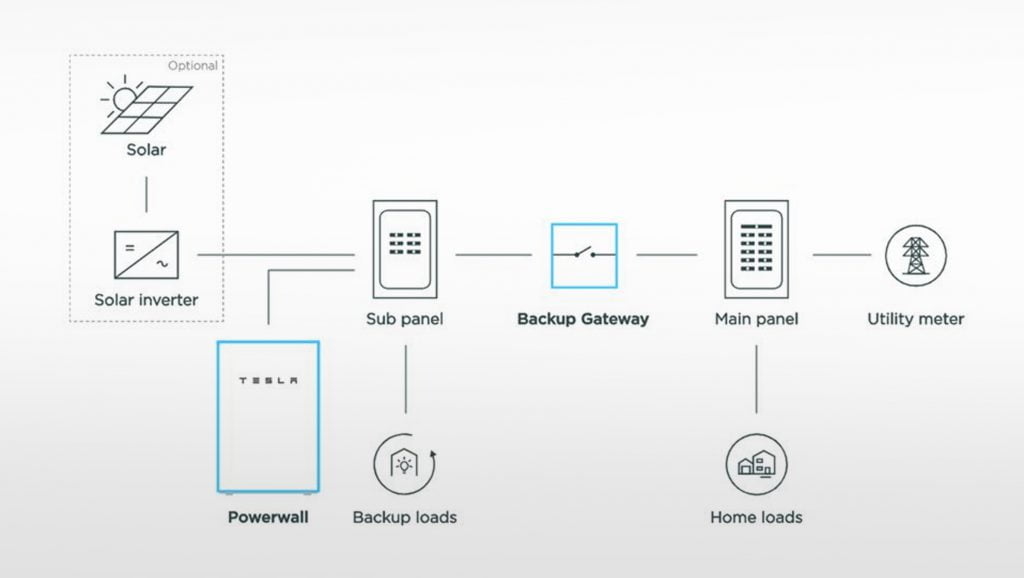
Tesla Powerwall Gateway 2 was released in European markets last year and it received notable recognition. Many consumers have been closely following the Tesla forums as they anticipate the release of Tesla Powerwall Gateway 2 in the United States. Finally, the wait is over – Tesla Powerwall Certified Installers are now receiving Gateway 2 shipments. There’s been a lot of anticipation about the potential updates of the Gateway 2, so let’s unbox one and take a look at all that has changed!
Tesla Powerwall Gateway 2 New Updates
The Gateway 2 is essentially an overhaul on the prior system. It has been completely redesigned on its front, and all the interior parts have been updated. The switchgear, computer and monitoring system are all brand-new and state-of-the-art.
New Design
As Powerwall technology continues to advance, materials are becoming sleeker, stronger and more sophisticated. This is especially true in the new Gateway 2 system, as the aesthetics of the new design are cutting edge. Rather than looking like a general electric box, the Gateway 2 is stylish and compact. It has a similar design to the Powerwall system with a smooth glass white door, Tesla logo, and black siding pipe. A fun fact: the black siding pipe is a material borrowed from the interior of Tesla vehicles.
Internal Bus
The Gateway 2’s advanced new design reduces the use of unwieldy electrical box accessories. It features an internal bus with slots for three 2-pole circuit breakers. You can use this internal bus accessory to house solar and battery breakers that would otherwise require a separate subpanel. That means one less attachment to your home or building!
The internal bus accessory can also be used for loads that weren’t backed up. This feature offers a clever solution for an existing installation problem regarding utility companies. Currently, utility companies may not allow consumption meters to be installed in their locked compartment of main services panels. Rather than leave backed-up loads in the main service panel, they can be moved into the Gateway. Here, they will be easily monitored with no scrutiny from the utility company. This eliminates the utility company’s ability to cause delays in your system activation due to placement of energy tracking equipment because none would need to be installed in the utility-locked compartment of the main service panel-this feature can eliminate a huge amount of frustration with customers in California, particularly for customers in Los Angeles in the LADWP service areas.
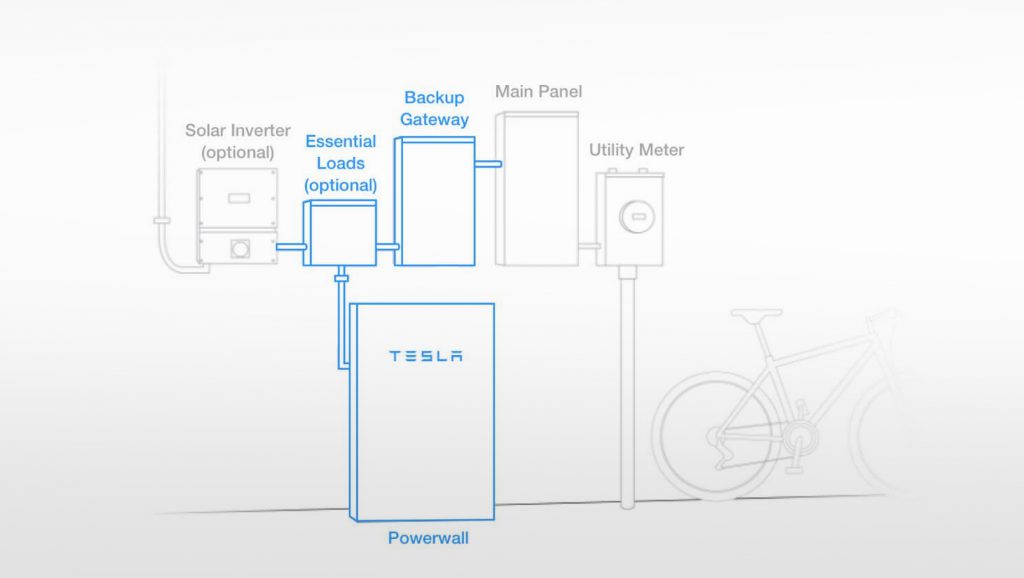
Conduit Points
The growing number of accessories needed for Powerwall and solar systems presented an aesthetic problem, and the internal bus offered a creative solution. In addition to the internal bus, there are new and improved conduit entry points that lessens the need for cluttered attachments. With these new entry points, installers have more options to centrally connect wires. That means fewer pipes are needed, and a lower likelihood of your wall being covered in metal wires sometimes lees-than-affectionately referred to as “conduit spaghetti” by installers and homeowners.
Cell Chip
Where the previous Gateway fell short in cell signal expectations, the Gateway 2 excels. The cell chip has undergone a complete makeover with the updated system. The first Gateway had only a 2G ATT chip that was somewhat unreliable. The new chip is full LTE, making it a far stronger and more dependable cell signal in monitoring use, which can aid you significantly in a real emergency when total Internet services may be down or incommunicable and you’re in a backup situation.
Communication
The Tesla Powerwall Gateway 2 continues to innovate in its communication skills. Previously, the Gateway could only connect to 2.4GHz WiFi signals. This would cause problems with customers who had new, state-of-the-art WiFi services or routers with higher bandwidth. Now, the Gateway can connect to 2.4 or 5GHz WiFi, meaning it can work alongside and take advantage of higher bandwidth. This makes it way more versatile in terms of connectivity capabilities. Consider this a formal goodbye to app dropouts or connectivity issues!
Communication Ports
The Gateway 2 has found a way to ensure future compatibility with smart electronics by adding more communication ports. With these new ports, load shedding could be automatically possible with future updates. Think of it this way: If your power goes out, a smart home system may automatically limit your air conditioner use to conserve battery. In doing so, your smart home system makes sure that you get through an extended outage safe, sound and comfortable.
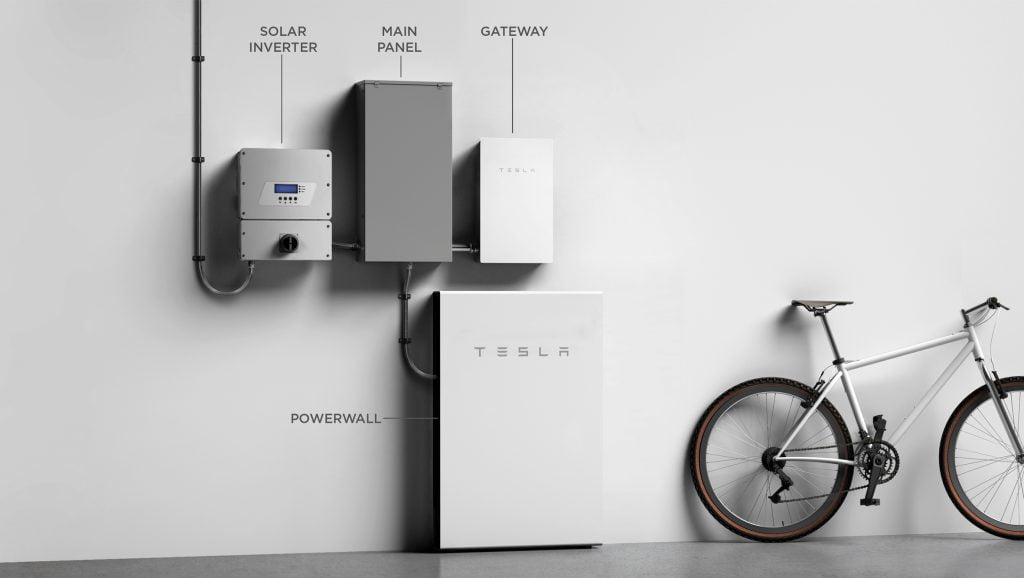
The Tesla Powerwall Gateway 2 is a complete upgrade from its predecessor. It solves past issues and offers new features that will revolutionize energy consumption. Thanks to Tesla Powerwall Gateway 2, the Tesla Powerwall system is more successful than ever in its efforts to increase grid independence. Having the Tesla Powerwall Gateway 2 means you can rest assured that your smart home energy system is operating at peak performance.



